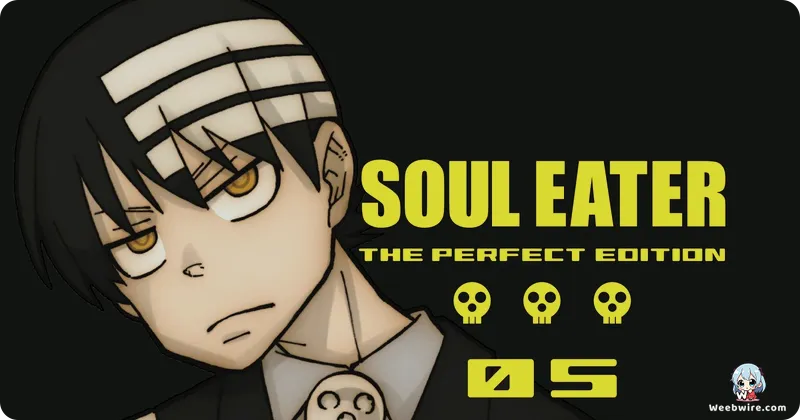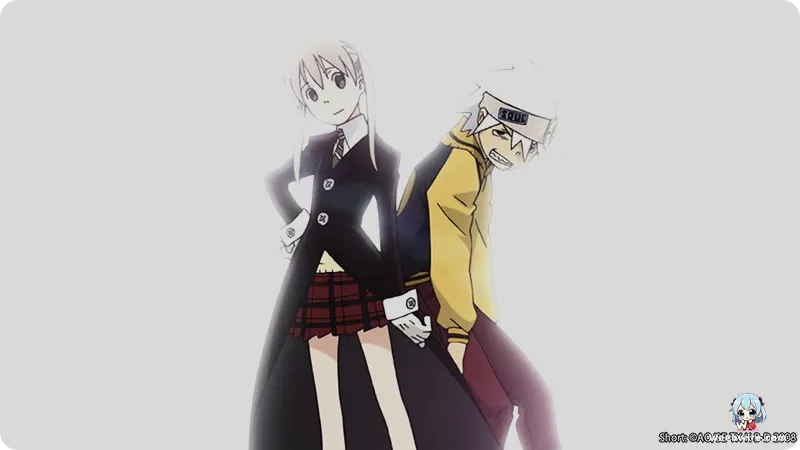From Divergent Endings to Symmetrical Obsessions: Unpacking Soul Eater's Rich World and Enduring Appeal

Since its electrifying 2008 debut, Atsushi Ohkubo's Soul Eater anime, animated by the acclaimed Studio Bones, has captivated audiences with its distinctive gothic aesthetic, dynamic action, and unforgettable characters. Set in the Death Weapon Meister Academy (DWMA) under Lord Death, the series follows Meisters and their Weapon partners battling the forces of madness. Beyond its widespread appeal, a deeper dive reveals fascinating, lesser-known facts enriching its unique lore and production.
The Anime's Unique Narrative Path
One pivotal aspect is the anime's dramatically divergent ending from Ohkubo's original manga. Studio Bones crafted an original storyline in the latter half, culminating in a unique resolution to the Kishin Asura conflict. This creative liberty provided a distinct narrative for Maka Albarn and Soul Eater Evans, offering a fresh perspective that continues to spark debate among fans comparing anime and manga interpretations.

Ohkubo's Singular Artistic Vision
Ohkubo's singular artistic vision, blending gothic, punk, and Tim Burton-esque elements, defines the series' visual allure, drawing from diverse Western mythology. Lord Death, with his iconic cartoonish skull mask and cheerful demeanor, embodies this fusion a whimsical yet immensely powerful headmaster. This interplay of the whimsical and formidable is central to the series' design philosophy.
The Power of Soul Resonance
At the core of Soul Eater's combat is Soul Resonance, a profound spiritual bond allowing Meisters and Weapons to synchronize soul wavelengths for devastating attacks. This concept extends beyond battle, subtly influencing character dynamics, partnerships, and the world’s delicate balance between order and madness, visibly represented through intricate patterns.
Death the Kid's Obsessive Symmetry
Death the Kid's obsessive symmetry, while comedic, is deeply philosophical, reflecting the series' theme of order versus chaos. His relentless pursuit of balance often leads to hilarious yet perilous situations, with his twin demon pistols, Liz and Patty, demanding absolute equilibrium for optimal combat.
Excalibur: A Comedic Subversion
The legendary holy sword Excalibur offers brilliant subversion; despite immense power, he's shunned by Meisters due to his insufferable personality incessant singing and pointless anecdotes. This twist provides significant comedic relief.
Maka Albarn: A Unique Shonen Protagonist
Maka Albarn, the indomitable protagonist, defies shonen archetypes. As a Meister, she relies on intelligence and strategic thinking, often employing physical attacks like the "Maka Chop," rather than solely raw power. Her unwavering spirit and potent soul wavelength define her unique strength.
Symbolic Elements and Production Excellence
Even the symbolic grinning moon and sun are active elements, mirroring escalating madness and chaos, their unsettling grins reinforcing the series' eerie atmosphere and themes of sanity versus madness. Studio Bones' meticulous involvement was crucial, translating Ohkubo's stylized vision with unparalleled animation quality and dynamic action, cementing Soul Eater as a visually iconic anime. The powerful soundtrack, with energetic openings and atmospheric scores, further immerses viewers, underscoring the series' lasting depth and creative appeal.
Credits
Soul Eater
Author
Atsushi Ohkubo
Cover Art
Atsushi Ohkubo
Studio
Bones
Publisher
Square Enix
Producers





